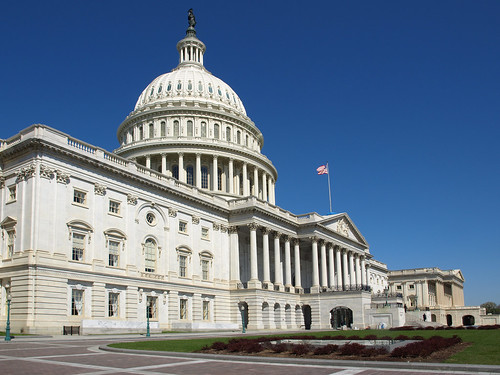 |
| "It didn't work before, but it might save my reelection bid" |
President Obama has ordered FED chief Ben Bernake to "start printing money as fast as you can," in order to create the illusion of some economic improvement, and flood the economy with cheaper money that might create more jobs.
The FED announced on Thursday that it would start pumping $40 billion in newly printed money into the U.S. economy each month until it saw a sustained upturn in the weak jobs market.
This strategy, known officially as Quantitative Easing, has worked before for the Kenyan born President. Printing more money creates a temporary boost in the stock market, since each dollar becomes worth less, and this creates a false sense of economic improvement.
Unfortunately, the overall effect of increasing the money supply is to devalue our currency, causing inflation and driving prices up over time for everyone. But the inflationary effect will lag by around three months, making this a good strategic move for Obama with an election less than two months away.
This will hit hardest on small businesses, retired people on fixed incomes, and all workers who do not belong to strong unions that can demand and get fat pay increases to offset the new higher prices. It will have the least effect on people who are dependent on welfare and food stamps, since both are indexed for inflation.
In other words, it shouldn't hurt Obama's political base as much as it will hurt Romney's.
In response, the ratings firm Egan-Jones cut its credit rating on the U.S. government to "AA-" from "AA," citing its opinion that quantitative easing from the Federal Reserve would hurt the U.S. economy and the country's credit quality.
In its downgrade, the firm said that issuing more currency and depressing interest rates through purchasing mortgage-backed securities does little to raise the U.S.'s real gross domestic product, but reduces the value of the dollar.
In turn, this increases the cost of commodities, which will pressure the profitability of businesses and increase the costs of consumers thereby reducing consumer purchasing power, the firm said.
In April, Egan-Jones cuts the U.S. credit rating to "AA" from "AA+" with a negative watch, citing a lack of progress in cutting the mounting federal debt.
Moody's Investors Service currently rates the United States Aaa, Fitch rates the country AAA, and Standard & Poor's rates the country AA-plus. All three of those ratings have a negative outlook.
This video explains how Quantitative Easing works, and how the FED is working hard to make sure that Goldman Sachs is profitable:

No comments:
Post a Comment